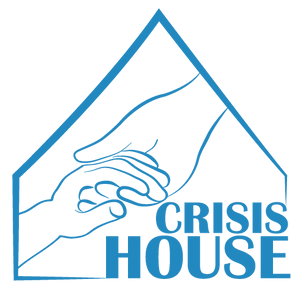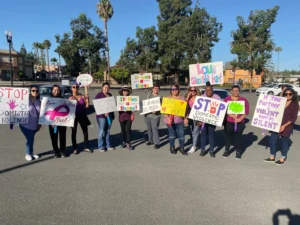In our modern digital age, technology is a part of nearly every aspect of our lives. It keeps us connected with far-off loved ones, helps advance medicine and science, and provides access to the incredible depth and breadth of human knowledge. Unfortunately, technology can also have a dark side. In this article, we’ll explore the concerning development of technology-facilitated domestic abuse, providing an overview of digital abuse and cyberstalking and offering tips on how to protect yourself.
What Is Digital Abuse?
Digital abuse, also known as tech abuse or cyber abuse, refers to the use of technology—such as social media, smartphones, and the internet—to bully, harass, stalk, or intimidate a person. This type of abuse has become more prevalent as technology continues to be further integrated into our daily lives.
A 2020 Pew Research Center survey found that, compared to 2017, American adults experienced more severe instances of digital abuse. Results showed that:
-
14% of US adults personally experienced physical threats through online platforms
-
11% personally experienced cyberstalking
-
11% personally experienced sustained harassment
-
11% personally experienced sexual harassment
Examples of digital abuse can vary widely but often include:
-
Online harassment: This includes sending offensive messages, spreading rumors, or posting abusive comments on social media platforms.
-
Cyberstalking: This is characterized by obsessive tracking of the victim’s online activities, such as tracking their location using GPS or spyware.
-
Revenge porn: The abuser might share explicit images or videos of the victim without their consent as a form of revenge or control.
-
Identity theft: The abuser may gain unauthorized access to the victim’s personal information, including bank accounts, email, or social media profiles, to manipulate or control them.
What Is Cyberstalking?
Cyberstalking is a particularly invasive form of digital abuse, often causing psychological harm comparable to physical stalking. It involves the persistent use of the internet or other digital tools to stalk or harass an individual or group, causing fear or distress. This form of digital abuse can often be part of a pattern of domestic violence.
A 2022 study found that, among their sample of cyberstalking victims, “in 61% of cases, the cyberstalker had a previous relationship with the victim and in 26.5% of cases was a former significant other.”
Examples of cyberstalking include incessant messages, spreading false rumors online, posting personal information or photos without consent, or even installing spyware on a victim’s device to monitor their online activities.
Technology and Domestic Violence
In the context of domestic violence, technology can provide abusers with additional tools to manipulate and control their victims. Through tech abuse, abusers can extend their reach far beyond the physical world, invading victims’ personal lives and undermining their sense of safety and security.
Abusers might use tech tools in a variety of ways:
-
Surveillance: They can install spyware on devices to monitor victims’ online activities or use GPS to track their physical location.
-
Isolation: They can control the victim’s communication with the outside world by monitoring their calls, messages, or social media interactions.
-
Impersonation: They can hijack victims’ online identities, sending messages or making posts on their behalf to damage their reputation or relationships.
Protecting Yourself From Digital Abuse
Protecting yourself from digital abuse involves maintaining privacy and security in your digital life. Here are a few tips:
-
Keep personal information private: Avoid sharing personal details online that could be used to identify or locate you, such as your home address or phone number. Be wary of what you share; consider who might see it and the potential consequences.
-
Use strong passwords: Create complex passwords and enable two-factor authentication where possible to prevent unauthorized access to your accounts.
-
Regularly update your devices: Ensure your devices and software are updated regularly to protect against the latest threats.
-
Check privacy settings: Regularly review and adjust the privacy settings on your social media accounts to control who can see your posts, location, and personal information.
-
Have a plan for digital security in emergencies: In the event that your security is breached, or if you need to quickly ensure your digital safety (such as in a situation of imminent harm), have a plan in place. This might include knowing how to wipe your devices, how to quickly change your passwords, and whom to contact for support.
As technology evolves, so too does its potential for misuse. However, by understanding digital abuse and implementing protective measures, we can help protect the safety and well-being of ourselves and others.
At Crisis House, we are here during these stressful times to support families with our services and resources. We provide crisis intervention, transitional and permanent housing, and services for families and children fleeing domestic violence. We’re leaders in critical services in San Diego County, administering programs for individuals and families experiencing domestic violence and homelessness.
See our impact and help us reach those in need by donating or volunteering today! You can also sign up for our newsletter to stay in the loop as we work to connect families, children, and individuals to crucial resources. Together, we can stop the cycle of domestic violence, child abuse, and homelessness and empower people to renew their lives!







